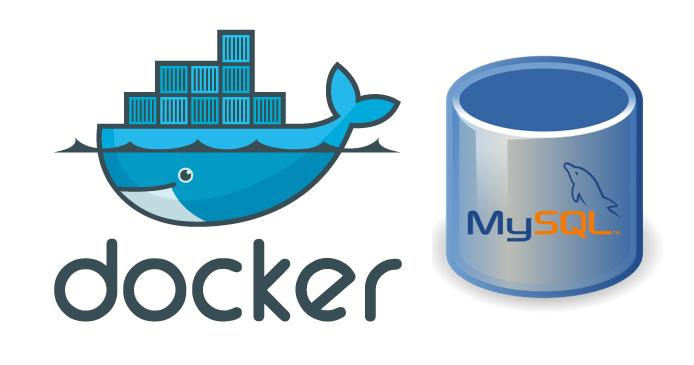To install MySQL in docker container is an easy process which can be done by pulling a docker image, deploying the MySQL container and connecting to the MySQL Docker Container.
Here at Ibmi Media, as part of our Server Management Services, we regularly help our Customers to perform Docker related errors.
In this context, we shall look into how to install MySQL in Docker.
How to install MySQL in Docker Container ?
To do this, follow the steps given below;
1. The first step is to pull the docker image. Here we are downloading the latest release. However, if you wish to install a particular version then you can replace the latest tag with the version number.
docker pull mysql/mysql-server:latest2. Then verify if your image is locally stored or not by running the below command.
docker images3. Once we have the docker image, now we deploy the container by running the command:
docker run --name=[container_name] -d mysql/mysql-server:latest4. Now, check if MySQL container is running or not by running the below command.
docker ps5. Connect to the MySQL docker container.
Make sure to install the MySQL client package before connecting to MySQL server.
apt-get install mysql-clientWithin the container, start the MySQL client by running the command.
docker exec -it [container_name] mysql -uroot -pProvide root password when asked for. Then you can change the root password by replacing [newpassword] with a strong password below.
mysql> ALTER USER 'root'@'localhost' IDENTIFIED BY '[newpassword]';
How to Configure MySQL Container ?
The configuration options of the MySQL container are present in the directory /etc/mysql/my.cnf.
In order to modify the configuration, we can create an alternative config file on the host machine and mount them inside the container.
1. Initially, we create a new directory on the host machine:
mkdir -p /root/docker/[container_name]/conf.d2. Then we create a custom MySQL config file inside that directory:
nano /root/docker/[container_name]/conf.d/my-custom.cnf3. Now we add the lines with the desired configuration.
4. After adding, we save and exit the file.
5. We remove and rerun the MySQL container so that the changes reflect.
Here is the command to run the container and map the volume path:
docker run \
--detach \
--name=[container_name]\
--env="MYSQL_ROOT_PASSWORD=[my_password]" \
--publish 6603:3306 \
--volume=/root/docker/[container_name]/conf.d:/etc/mysql/conf.d \
mysql6. Finally, execute the below command to check whether the container loaded the configuration from the host.
mysql -uroot -pmypassword -h127.0.0.1 -P6603 -e 'show global variables like "max_connections"';[Need urgent assistance with Docker related queries? – We're available 24*7. ]
Conclusion
This article will guide you on the steps to install and configure #MySQL in #Docker #container. MySQL is a well-known open-source relational #database management system and one of the most popular web server solutions. It stores and structures data in a meaningful manner, ensuring easy accessibility. Setting up a database in Docker is simply building a container based on a MySQL #image.
To Set Up & Configure a MySQL Docker Container:
1. Running a MySQL Docker Container.
2. Installing a MySQL Docker Container.
i. Pull the MySQL Docker Image.
ii. Deploy the MySQL Container.
iii. Connect to the MySQL Docker Container.
3. Configure MySQL Container. Manage #Data Storage.
4. Start, Stop, and Restart MySQL Container.
5. Delete MySQL Container.
This article will guide you on the steps to install and configure #MySQL in #Docker #container. MySQL is a well-known open-source relational #database management system and one of the most popular web server solutions. It stores and structures data in a meaningful manner, ensuring easy accessibility. Setting up a database in Docker is simply building a container based on a MySQL #image.
To Set Up & Configure a MySQL Docker Container:
1. Running a MySQL Docker Container.
2. Installing a MySQL Docker Container.
i. Pull the MySQL Docker Image.
ii. Deploy the MySQL Container.
iii. Connect to the MySQL Docker Container.
3. Configure MySQL Container. Manage #Data Storage.
4. Start, Stop, and Restart MySQL Container.
5. Delete MySQL Container.












